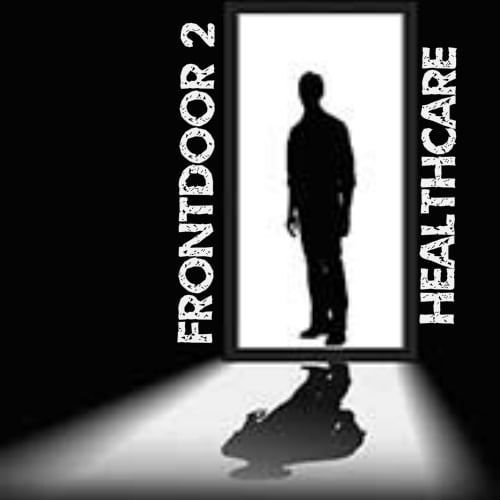Guest post by Chris F.
Effective March 18, 2014, the new ‘distracted driving law’ increased the fine for using hand-held devices while driving to $280 from $155. But, there is more to come! Transportation Minister Glen Murray has introduced a new comprehensive legislation to tighten up transportation laws on everything from pedestrians, truckers, motorists and cyclists. These changes are supported by the Canadian Automobile Association (CAA), the Ontario Trucking Association and Share the Road Cycling Coalition. But are these changes necessary?
Yes.
According to the government statistics, distracted driving has passed impaired driving as the leading cause of traffic fatalities in Ontario. Further, over 600,000 cyclists use Ontario’s roads each day and a previous inquest by Eleanor McMahon, founder of Share the Road, determined that the majority of cycling deaths are preventable.
The Keeping Ontario’s Roads Safe Act and supporting amendments to the Highway Traffic Act would:
– Increase distracted driving fines (ranging ~$300 – $1,000, from the current $60 – $500) and include 3 demerit points for distracted driving
– Increase fines for drivers who open their doors into the path of cyclists (~$300 – $1,000, from the current $60 – $500) and raise the demerit points from two to three.
– Mandate drivers to maintain a one meter distance when passing cyclists.
– Require drivers to wait at crossings until pedestrians have completed crossing the entire street.
– Increase fines for not using bike reflectors (~$60 – $500, from the current $20)
– Increase fines for not maintaining a safe distance between a vehicle and a cyclist (~$60 to $500) and include 2 demerit points
But why am I speaking about automobile fines on a health care website? The ‘distracted driving law’ isn’t a way of increasing government revenues – it’s preventative medicine!
Compared to other countries, we are already the 4th highest spender on health care in the world. Further, government health care data shows that we are increasing our spending in health care at an unsustainable rate. In 1975 we spent 5.4% of GDP on health care, compared to 8.4% in 2009. A recent report “Canada’s Medicare bubble; is government health spending sustainable without user-based funding?” reviews many studies that agree that this trend is not sustainable. But what is the solution? Add a private system? Cut funding from education? Raise taxes? Balancing the books will be difficult.
What about using our current resources more wisely? Can we get more bang for our buck? What is a dollar of health care worth? Perhaps a dollar in preventative health care is worth exponentially more than one placed in acute health care.
As health care has developed we have pushed the boundaries of primarily care to miraculous end points – and we have benefited. For example, most patients with massive heart attack are now being treated with stents instead of open heart surgery – allowing them to walk out of the hospital within days. But could investing 1 dollar in preventing heart attacks be worth more than 1 dollar in treating a heart attack?
A good business model funds both short-term and long-term investments to ensure both immediate delayed benefits. The changes to the driving laws have the immediate benefit of decreased accidents. What will be more challenging is to convince a government to fund initiatives that have delayed benefits. For example, improving childhood obesity will decrease diabetes and cardiovascular disease, but these benefits will only be obvious much later in their lives – well after a politician’s 4 year term.
I recently visited the Health Canada website to find out how our government is investing in the health of Canadians. It was refreshing to see so many articles that focus on preventative medicine. I think it’s worth recognizing a few of the measures that the government has taken thus far to improve Canadians health:
1. Mandatory nutrition labeling – “One of the promises we made in the Throne Speech was to consult with parents and consumers on how our Government will improve the way nutritional information is presented on food labels.” To have your say, you can go to http://surveys-sondages.hc-sc.gc.ca/s/labelling-etiquetage/. Allowing Canadians to make healthier choices if they choose to buy processed foods.
2. Encouraging Physical Activity
a. Children’s Activity Tax Credit
b. Establishment of the Physical Activity Resource Centre (PARC) in 2003 to promote lifelong learning about physical activity and prevent chronic disease
3. Smoking Cessation;
o Banning the display of tobacco products at point of sale in 2008
o Encouraging smokers to consult their family physicians about smoking cessation
o Federal government is set to increase tobacco taxes over the next 4 years.
It’s encouraging to see these preventative health care initiatives. If you know of others that you’re proud our government has created, share them! If you have an idea of other preventative health care strategies, please share these as well. (Just don’t post them via your cell phone while you’re stopped at that next traffic light).
Thank you!
Author Bio: Chris Fabian is a third year Emergency Medicine resident training at the University of Ottawa.
Currently, he is starting a Fellowship in Emergency Medical Services, with focuses in Air Transport Medicine, and Medical Education.
Chris gets his dose of preventative medicine by competing in triathlons – and this August he will be attempting his first Ironman at Mont-Tremblant.

